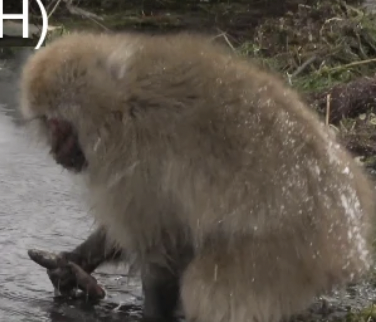The number of bee species found each year according to data gathered around the world has shown a significant decline since the 1990s.
Wild bee pollination is fundamental to the reproduction of hundreds of thousands of wild plant species and is key to securing adequate yields in about 85% of food crops.
Declines in the abundance and diversity of bee species have been reported at local, regional, and country levels on different continents, but up to now there has not been a long-term assessment on global trends.
Approximately 25 per cent fewer species were found between 2006 and 2015 than before 1990.
Publicly available data on specimen collections and observations gathered at the Global Biodiversity Information Facility, mostly coming from museum and academic collections and complemented by citizen-science efforts.
Researcher found that the shrinkage of the number of species, seen since the 1990s, might in part reflect increased impediments to specimen collection and data mobilization, as well as reduced sampling coverage.
But that reduce number of species found could also reflect a worldwide decline in bee diversity given that many species are becoming rarer and less likely to be documented.
Recent reports of wild bee decline and its potential consequences are thus worrisome.
The study published in the journal Cell Press, by researchers in Argentina is taking the decline of bee populations global. Previous reports focused on region-centric or species-centric with much of the declines noted on honeybees based in North America.
But when researchers combed through bee data from the GBIF which includes everything from smartphone photos by amateurs and more disciplined research, they found that it was hard to keep track.
“Figuring out which species are living where and how each population is doing using complex aggregated datasets can be very messy,” explained first author Eduardo Zattara in a statement. Zattara is a biologist affiliated with the National University of Comahue in Argentina.
“We wanted to ask a simpler question: what species have been recorded, anywhere in the world, in a given period?”
In the best scenario, the researchers found that thousands of bee species have become too rare; under the worst scenario, they may have already gone locally or globally extinct.
In any case, a decline in bee diversity driven by either increasing rarity or irreversible extinction will affect the pollination of wild plants and crops and have broader ecological and economic consequences.
Plans in the U.S. to establish national monitoring programs for native bees could help fill the information gaps and serve as a model for a more global effort that is urgently needed, according to Zattara.
Slowing down and even reversing habitat destruction and land conversion to intensive uses, implementing environmentally friendly schemes in agricultural and urban settings, and creating programs to re-flower our world are urgently required.
Bees cannot wait.




